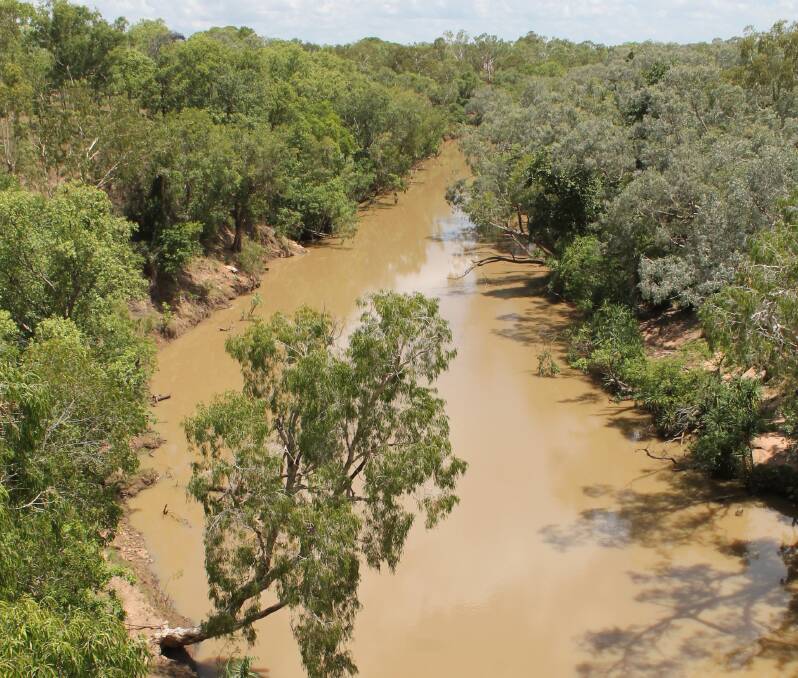
Katherine residents will still have a fight on their hands to secure the necessary money for a new water treatment plant.
Subscribe now for unlimited access.
or signup to continue reading
The Federal Government’s announcement of $55.2 million over five years from 2018-19 for a drinking water program does not include the plant.
The NT Government has identified the need to build a plant 10 times the size of the emergency plant currently in operation to scrub PFAS from the town’s water.
The emergency plant, costing $4 million, has been paid for by Defence to clean one megalitre a day when officials say 10 megalitres will need to be cleaned.
No price has yet been put on the new plant which Power and Water officials last week said could be up to two years away.
A spokeswoman for the Department of the Environment and Energy said the Government will provide $55.2 million over five years from 2018-19 for a drinking water program “to remove exposure pathways for eligible community members identified through Commonwealth PFAS investigations”.
“The program, which has commenced, is for property owners in communities surrounding Army Aviation Centre Oakey and RAAF Bases Williamtown, Tindal and Pearce, who use bores as their primary source of drinking water, and where PFAS is present at levels above the drinking water guidance value,” the spokeswoman said.
“Where possible, eligible property owners will be offered connection to reticulated town water. If a property cannot be connected to reticulated water, new or additional rainwater tanks will be provided where sufficient catchment exists, or can be installed, to meet the domestic requirements of the property.”
The rainwater program has been under way for some time for Tindal’s neighbours.
“Until the installation of water infrastructure is complete, occupants of an eligible property will be offered sufficient alternative water to meet the domestic requirements of the property,” the spokeswoman said.
“The Government is committed to effective and sensible actions at sites owned, controlled or managed by the Commonwealth where PFAS contamination may have occurred.”
These actions include:
- Removing ways that people can be exposed to contamination - providing alternative drinking water where required and providing information to affected communities about other ways to reduce their exposure;
- Removing the sources of contamination - stopping the use of products containing PFAS and/or replacing them with alternatives where possible as well as containing and preventing any further run-off; and
- Preventing the contamination from reaching people and water supplies – undertaking remediation activities such as filtering or treating contaminated water and immobilising PFAS in soil to prevent further migration.


